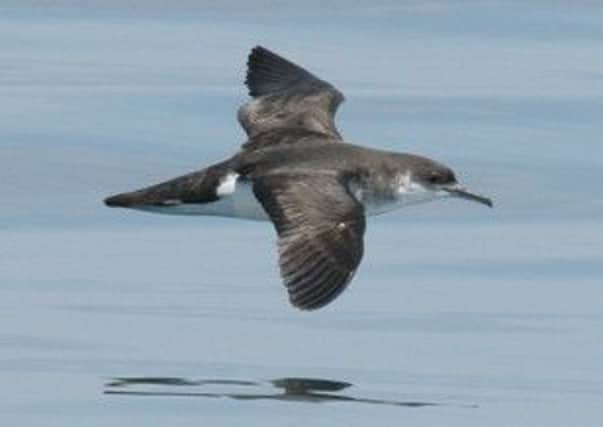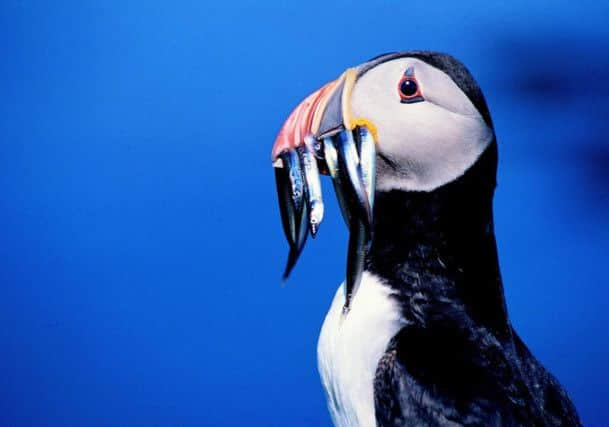Endangered seabirds making comeback in Scotland


The discovery that the manx shearwater has returned to deserted nest burrows comes as studies show many threatened seabirds are making a comeback after years of decline, with some having their most successful breeding seasons for a decade.
Scotland is home to around 45 per cent of the European Union’s breeding population of seabirds.
Advertisement
Hide AdAdvertisement
Hide AdThe National Trust for Scotland (NTS) provides nesting sites for almost a fifth of them at properties in St Kilda, Mingulay, Fair Isle, Canna, St Abbs, Iona, Staffa and Unst.


The latest NTS research shows numbers of threatened species such as puffins, guillemots, kittiwakes and shags have increased this year at a number of colonies around the country.
“Many seabirds have experienced a good breeding season at colonies in the west of Scotland,” said Dr Richard Luxmoore, senior nature conservation adviser for the charity.
“After several years of bad news, it is encouraging to be able to report that several species have had their best season in ten years.”
There have been steep declines among many seabirds in recent years. Black-legged kittiwake populations have shrunk by nearly 90 per cent since 2002 at one site on St Kilda, the world heritage site 41 miles west of the Outer Hebrides.
The puffin, dubbed the sea parrot because of its distinctive features, has also been suffering a long-term drop in breeding success, though they are doing better on St Kilda this year.
Experts say the reasons for these declines are not always clear but research suggests global warming is a likely factor.
Recent counts in the Hebrides have shown a 46 per cent jump in the number of kittiwakes nesting at Mingulay since last year. The birds have also enjoyed greater breeding success in 2014 than in previous years. Species such as razorbills, common guillemots and European shags have also shown substantial increases in both numbers and breeding success.
Advertisement
Hide AdAdvertisement
Hide AdBob Swann, of the Highland Ringing Group, said: “It was great to see the colonies so full and so noisy this summer. I’m hopeful that the declines may have stopped and for some species even reversed.”
Members of the conservation group spotted manx shearwater at five previously deserted nest burrows around the isle of Canna. Experts believe a successful rodent eradication project has allowed the birds to recolonise their former homes after being wiped out on the island in 2004.